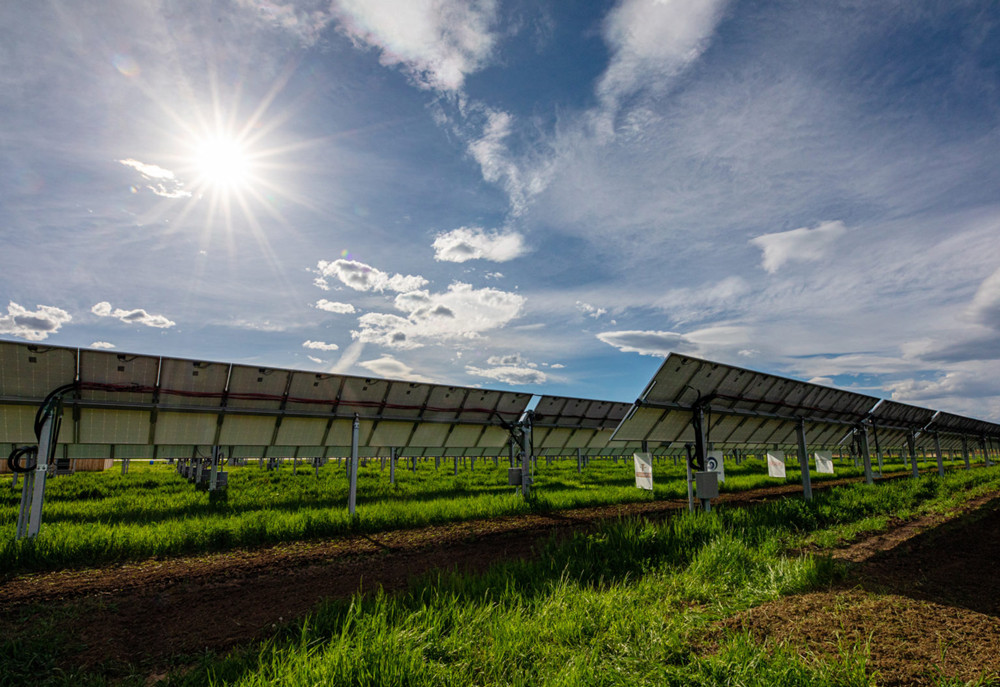
Power plant developers and operators expect to add 85 GW of new generating capacity to the U.S. power grid from 2022 to 2023, according to data reported by the Energy Information Administration (EIA). Of that, 60% (around 51 GW) is expected to be made up of solar power and battery storage projects. In many cases, projects combine these technologies.
The remaining 34 GW of planned capacity additions is expected largely to come from natural gas (16 GW) and wind (15 GW). The amount of planned wind capacity fell by nearly half from the previous two years, EIA said.
EIA said that battery storage capacity, as well as renewable capacity, grew during 2021, partly because of tax credits and partly because of falling technology costs, especially for batteries. Depending on the configuration and charging sources, both solar power and battery storage units may be eligible for the solar investment tax credit (ITC), which is scheduled to phase down by 2024. The Build Back Better legislation would extend the ITC, but is stalled in the U.S. Senate.
More than half of the 51 GW of planned solar and battery storage capacity within the next two years will be located in three states, EIA said. The largest share, 12 GW (23%), will be in Texas. The next largest share, 11 GW (21%), will be in California, and 4 GW (7%) will be in New York.
Solar capacity. Utility-scale solar accounts for 41 GW (48%) of the planned capacity iduring the next two years. Twice as much utility-scale solar photovoltaic (PV) capacity was added (24 GW) to the power grid than natural gas (12 GW) between 2020 and 202. EIA said that trend will likely continue over the next two years as the demand for solar power continues to grow.
In 2022, power plant developers and operators expect to add 22 GW of solar capacity to the grid, up from the 13 GW added in 2021. EIA said that “large additions” of utility-scale solar capacity are likely to continue because of falling solar technology costs and the 2020 extension of the solar ITC, which extended the credit to 26% in 2021 and 2022, 22% in 2023, and 10% in 2024 and after.
Battery storage. In the next two years, power plant developers and operators expect to add 10 GW of battery storage capacity. EIA said that more than 60% of that planned capacity would be paired with solar facilities. In 2021, 3.1 GW of battery storage capacity was added, a 200% increase. Declining costs for battery storage applications, along with favorable economics when deployed with renewable energy (predominantly wind and solar PV), have driven the expansion of battery storage.